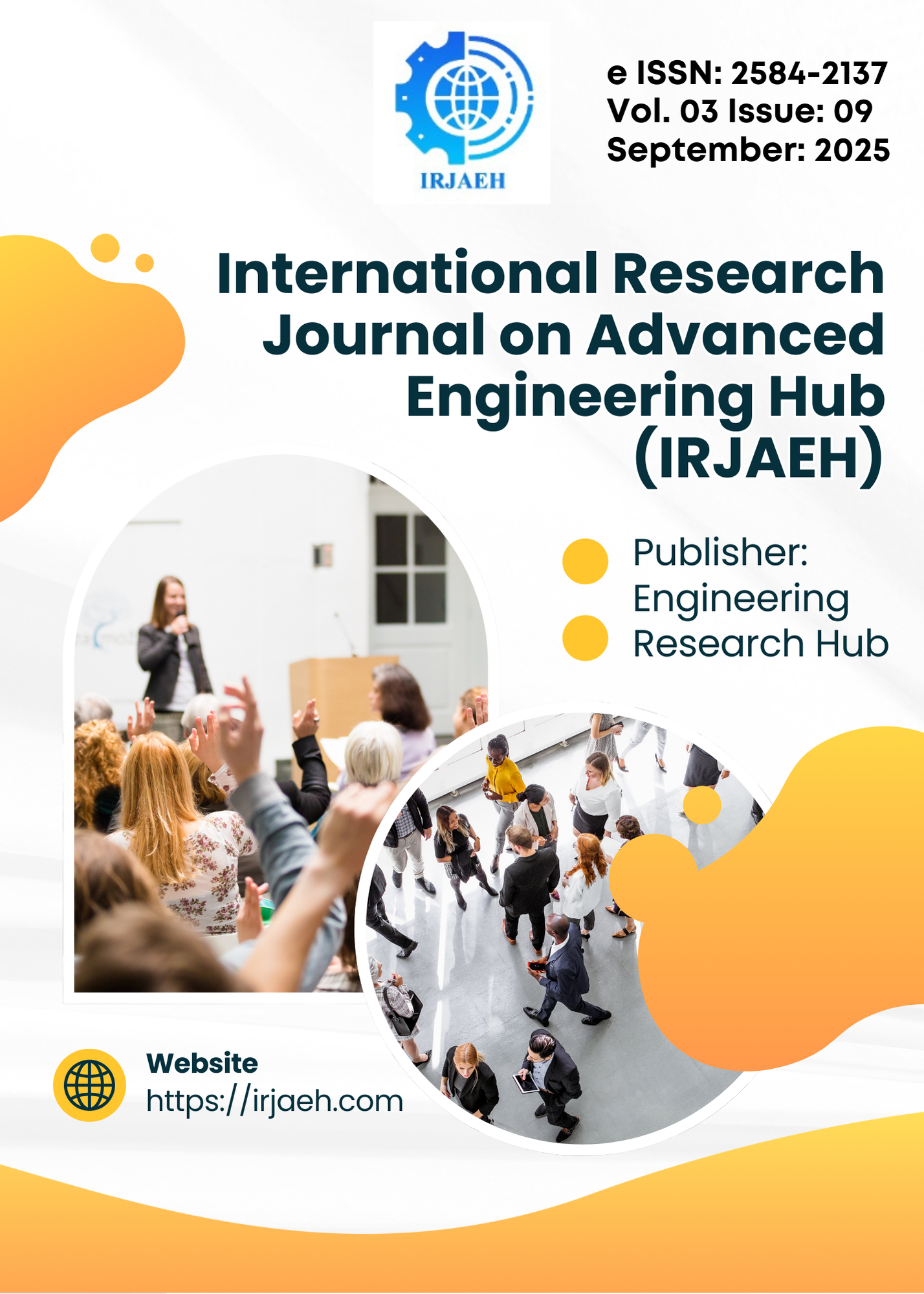Hemodetection Using Fingerprint
DOI:
https://doi.org/10.47392/IRJAEH.2025.0515Keywords:
Detecting fingerprint, Blood Group detectionAbstract
Fingerprints are unique identification mechanism useful for deter mining human identity. Hardly one in more than 64,000 million people share a similar fingerprint pattern. The minute pattern of fingerprint of each individual is unmatched with possibility of similarity being very less. The science behind detection of blood group from fingerprint is derived from the presence of proteins and antigens present in sweat on ridges and grooves of the fingerprint. This paper focuses to correlate between finger print patterns and various blood groups using advanced image processing algorithm and machine learning techniques. This research aims in contributing to biometric applications and thereby enhancing healthcare through innovative approaches using latest technology such as artificial intelligence. We use deep learning methodologies like Convolutional Neural Network (CNN) to extract hidden patterns inside the image and make appropriate predictions. Traditional blood group detection methods are time consuming and may incur human errors. In order to make blood group determination error free and less time-consuming various machine learning and image processing techniques can be implemented. Blood group determination is important for cases such as medical diagnosis, blood transfusions etc.
Downloads
Downloads
Published
Issue
Section
License
Copyright (c) 2025 International Research Journal on Advanced Engineering Hub (IRJAEH)

This work is licensed under a Creative Commons Attribution-NonCommercial 4.0 International License.

 .
. 